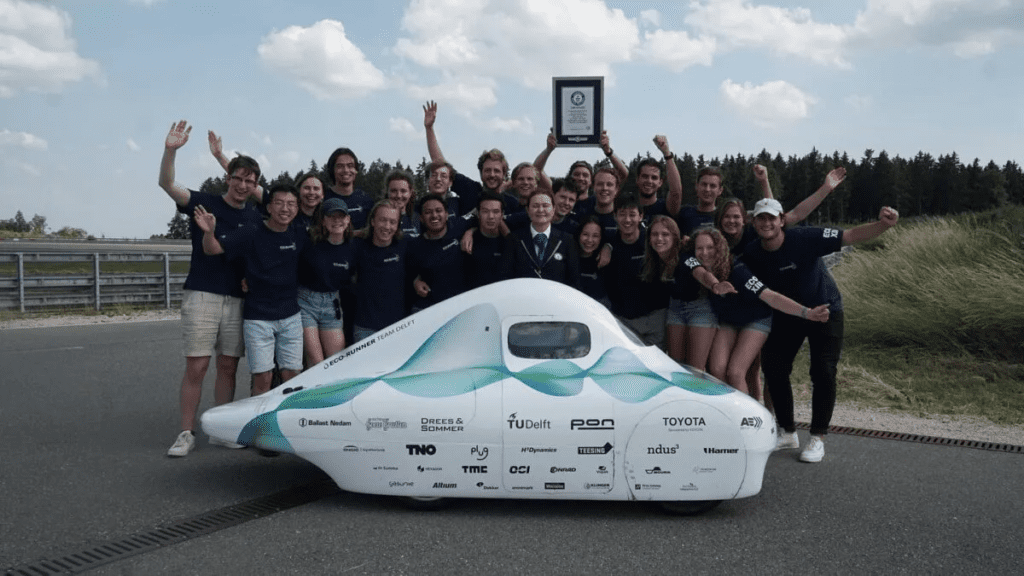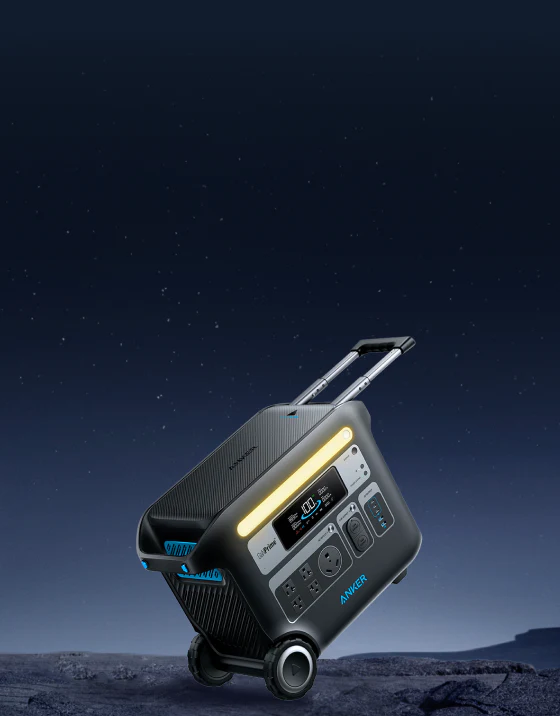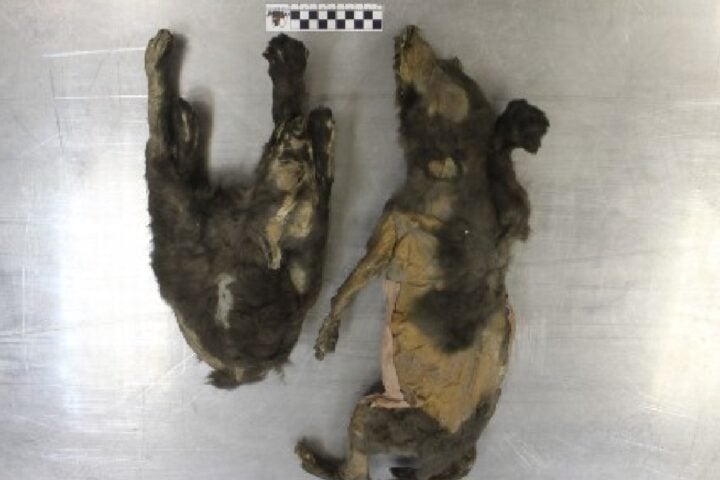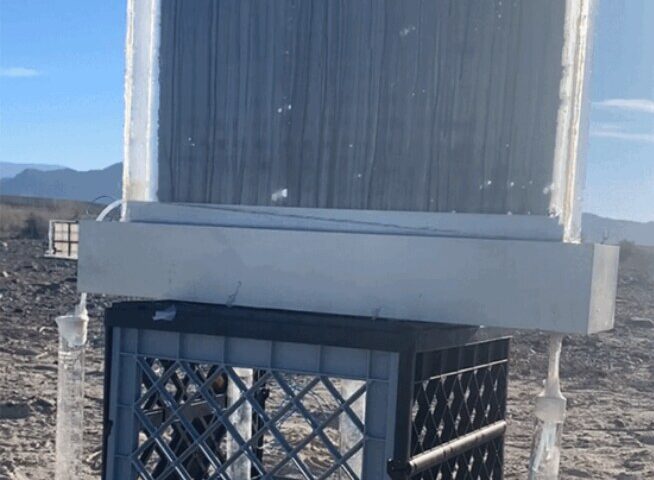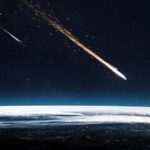A team of divers led by astrophysicist Avi Loeb embarked on a challenging mission to retrieve a meteor from the bottom of the Pacific Ocean. Crashed off the coast of Papua New Guinea in 2014. The meteor is believed to be the first recognized interstellar object. 50 tiny spherules, or molten droplets, were discovered by Loeb and his team using a magnetic sled deployed 2 km beneath the ocean’s surface. Measuring around half a millimeter in size, these spherules are likely composed of a steel-titanium alloy stronger than regular meteoric iron. The unique properties of the material suggest it could have interstellar origins or be of an artificial nature, potentially from an advanced extraterrestrial civilization. The findings of Loeb challenge conventional scientific views and have generated controversy within the scientific community. In order to determine their composition and origins, the objects found will undergo further testing at Harvard University.
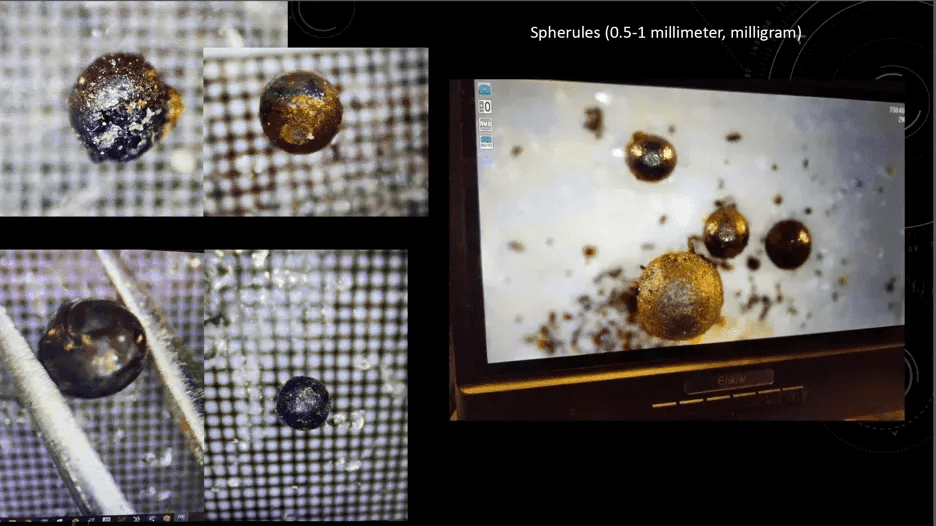
An unprecedented opportunity is presented by the discovery of interstellar material, including potential meteor debris, to learn about environments beyond our solar system. Innovative technology, such as the “interstellar hook,” was utilized to collect the material from the Pacific Ocean floor. Loeb’s research focuses on searching for signs of extraterrestrial life and investigating UFOs and interstellar objects. Debates have sparked regarding the existence of aliens based on his previous work studying the interstellar rock ‘Oumuamua’. The recovery of material from outside our solar system is an extraordinary achievement, as previous meteorite samples were from within our cosmic neighborhood. The resilience of the recovered material indicates its uniqueness among known space rocks and bolsters the case for its interstellar origin. Loeb persisted in his pursuit of uncovering evidence of extraterrestrial life, despite facing rejection and limited access to classified data.
The success of the expedition adds weight to Loeb’s unconventional methods and challenges the dismissive attitudes of his critics. Their striking appearance is revealed by the microscopic examination of the spherules, which resemble Earth and even gold under the microscope. The significance of the discovery and the ocean’s preserving qualities are underscored by the rarity of finding these objects intact on the ocean floor. Avi Loeb emphasizes the potential of exploring the ocean floor as a museum of interstellar debris, where objects remain undisturbed for extended periods. As they celebrated their findings with champagne on the expedition’s final day, the enthusiasm and sense of accomplishment among the team were evident. Exciting possibilities for future scientific exploration are opened up by the newfound ability to search for interstellar debris in the ocean. The upcoming book by Avi Loeb, Interstellar, scheduled for release in August 2023, is likely to delve into his groundbreaking discoveries and further fuel the discourse on extraterrestrial life.
Similar Post
The search for evidence of extraterrestrial intelligence is an ongoing quest that requires innovative approaches and a willingness to challenge established beliefs. The exploration of interstellar objects not only expands our understanding of the universe but also raises profound questions about humanity’s place in it. The relentless pursuit of scientific truth by Avi Loeb exemplifies the spirit of curiosity and exploration that drives scientific progress. A significant milestone in the study of extraterrestrial phenomena is represented by the discovery of interstellar material in the depths of the Pacific Ocean. Fueled by ground-breaking discoveries and the dedication of pioneering scientists like Avi Loeb, the quest to unravel the mysteries of the universe continues. As the discovery of artificial interstellar objects could have profound implications for humanity, the potential implications of these findings extend beyond our scientific understanding.
